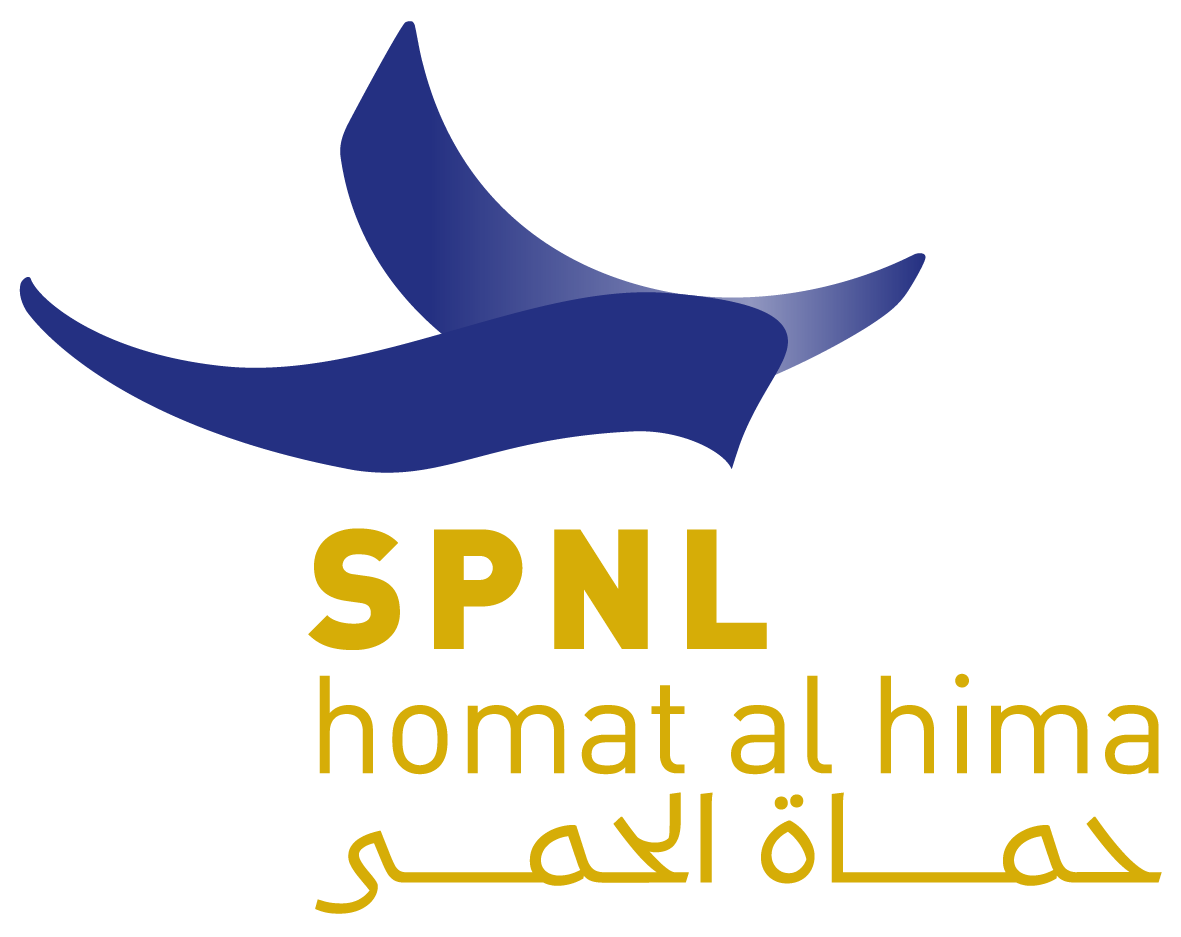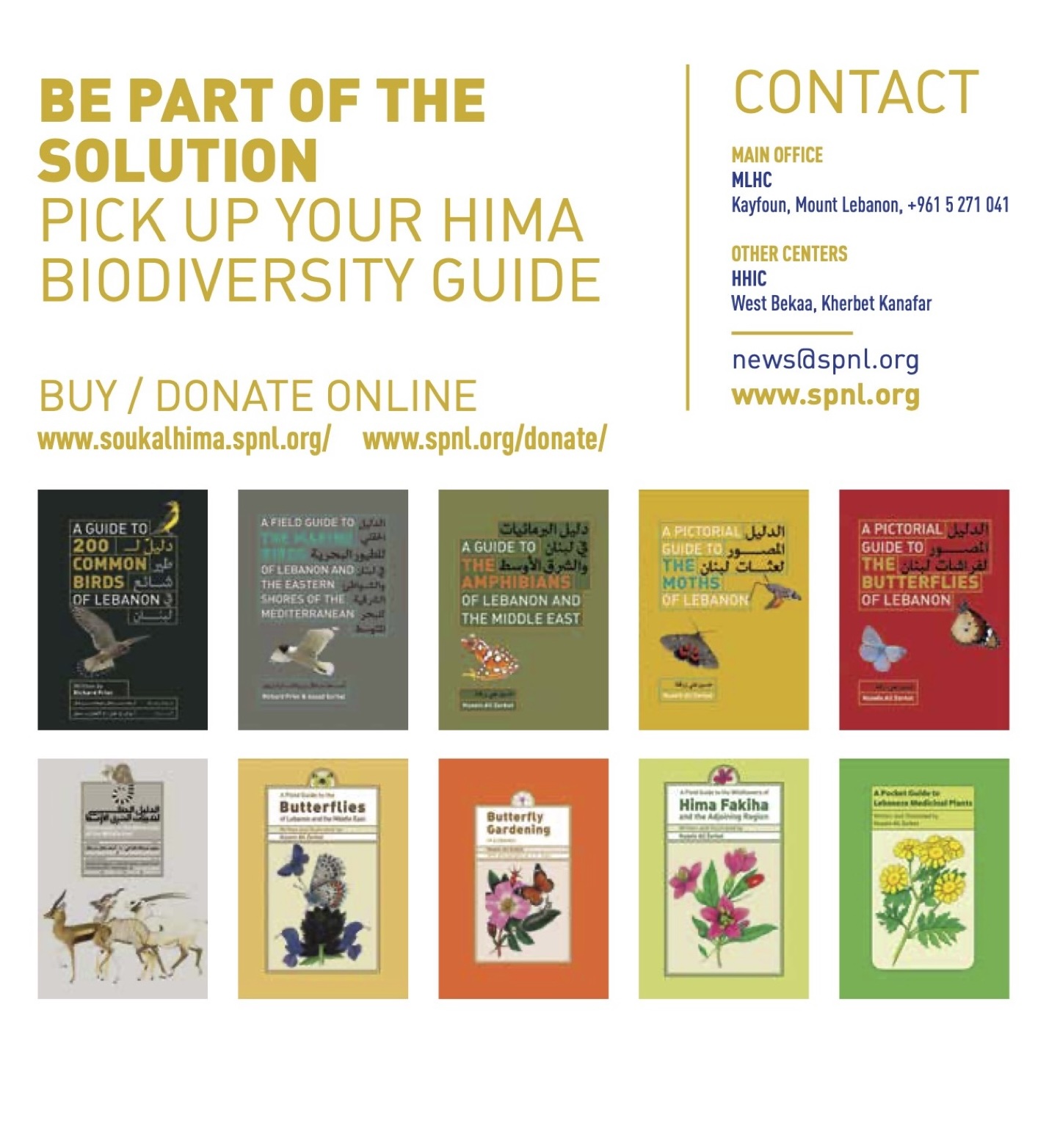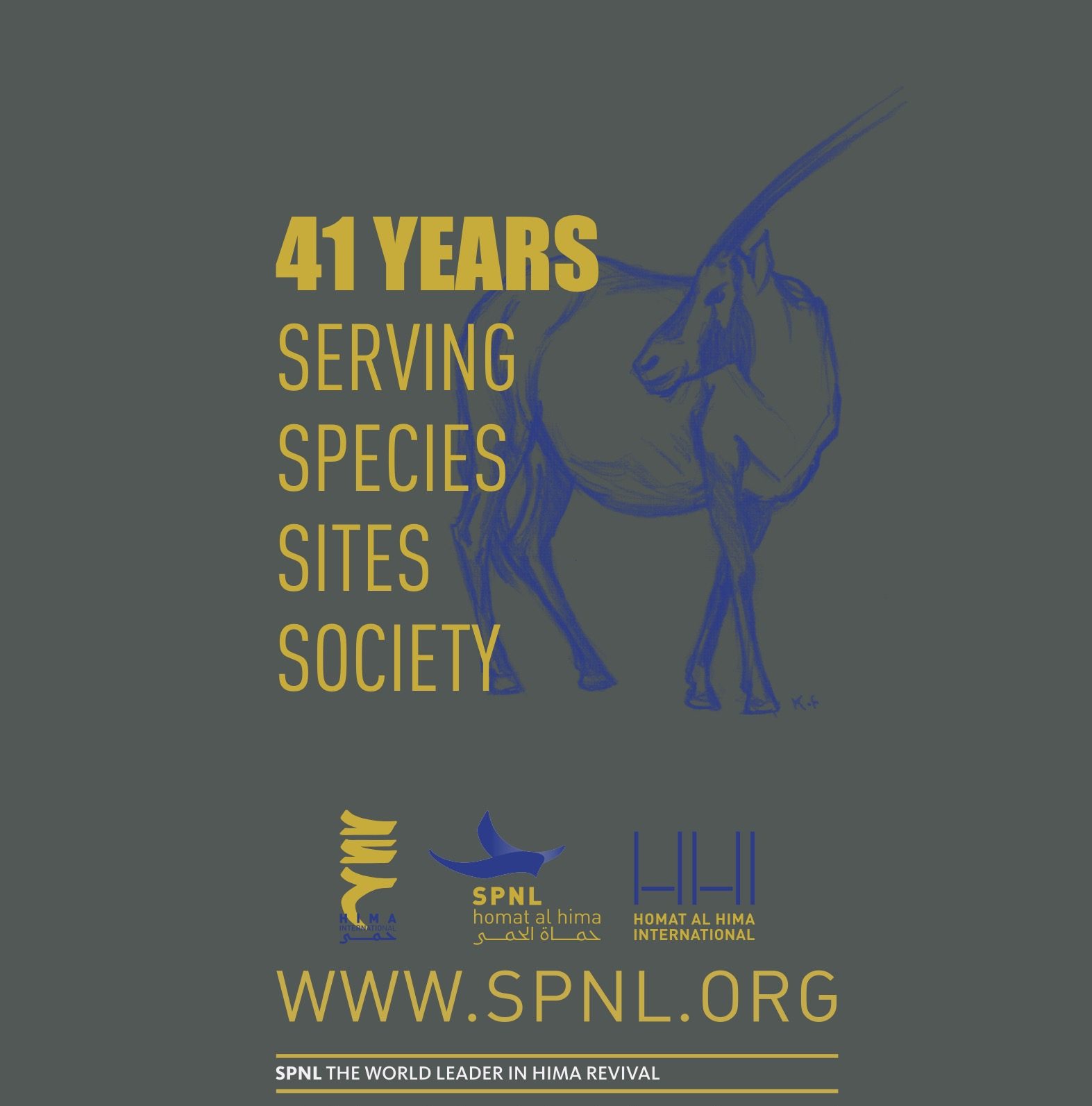By Fouad Itani,
The Chukar Partridge is a large game bird from the pheasant family. It measures 35 cm in length, with a wingspan of 80 cm, and an average weight of 550g.
The Chukar is a grey partridge with striking black stripes on its sides and a black band across its forehead. Its eyelids, bill, feet and legs are red and its belly and cheeks are colored white. Males and females look alike.
Chukars are ground foragers, and predominantly vegetarian, they feed on seeds, grasses, bulbs, stems, fruit and leaves and might also consume small amounts of insects like caterpillars, crickets grasshoppers, and ants. Their chicks are fed mainly insects. During winter, grass leaves provide the bulk of their diet and deep snow may force them into lower lands in search of food in agricultural areas.
Male and female Chukars form pairs from February through July. The female lays an average of 10 eggs in a ground nest made out of dry grasses, leaves and breast feathers within the shelter of rocks or brush. The male will often leave the female after she has laid her eggs. The chicks hatch after three weeks and will leave the nest shortly after hatching. They will begin to fly when they are about three weeks old.

In Lebanon the Chukar Partridge is a common and widespread upland resident breeder principally at 1000–2200 m, preferring rocky areas with sparse and low vegetation.

In Lebanon the Chukar Partridge is a common and widespread upland resident breeder principally at 1000–2200 m, preferring rocky areas with sparse and low vegetation.






